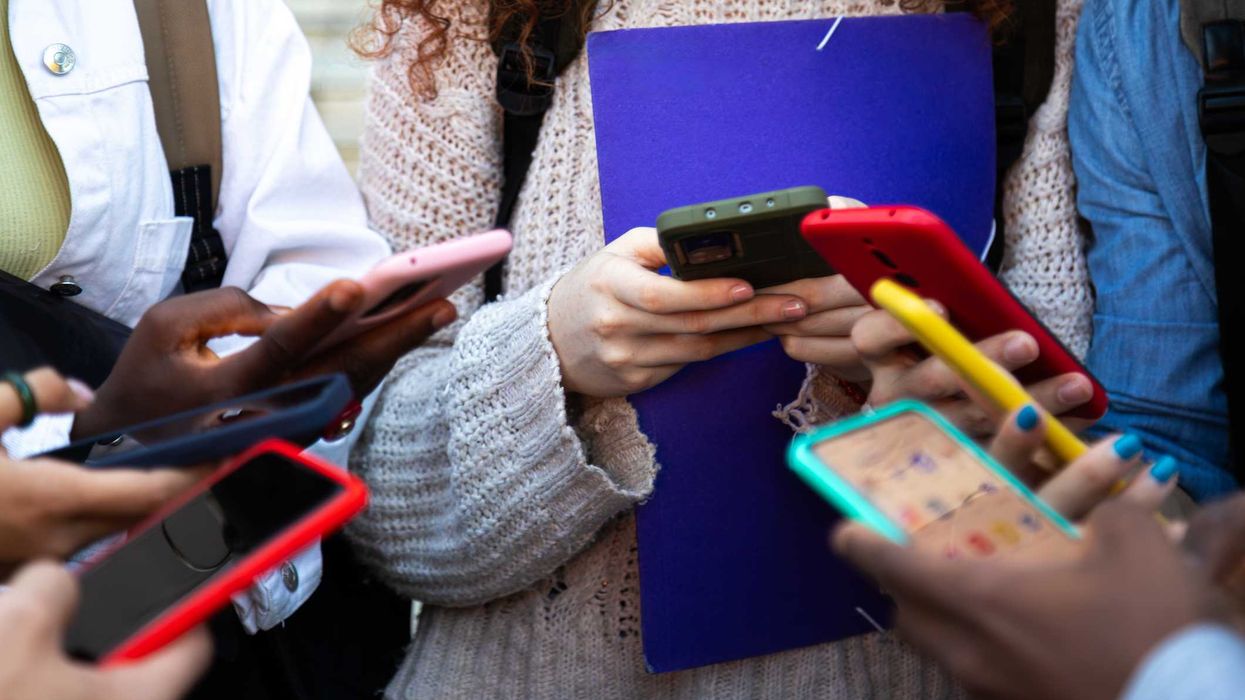Gen Z’s worst nightmare: TikTok, Instagram, and Snapchat couldn’t be used during school hours.
What the bill does
Rep. Angie Craig (D-MN2) introduced the No Social Media at School Act, which would require social media companies to use “geofencing” to block access to their products on K-12 school grounds during school hours.
The bill carves out exceptions for push notification of weather alerts, Amber alerts for missing children, and emergency responders.
The specification of “school hours” means social media couldn’t even be used in the cafeteria at lunch or in the hallways between classes. However, it could still be used on school campuses after hours. For example, posting photos and videos at night from football games on the gridiron, or from school talent shows in the auditorium.
The bill also carves out multiple examples of websites or apps that don’t qualify as social media and wouldn’t be subject to a ban. These include: email, Wikipedia, e-commerce like Amazon and eBay, videoconferencing like Zoom, and (perhaps controversially) gaming.
Context
In 2023, Florida became the first state to restrict cell phones in schools statewide. Just in the two years since then, a groundswell of 34 states across the political spectrum have passed policies either restricting or banning cell phones in schools.
In summer 2025 alone, similar policies were enacted by blue state Oregon, swing state North Carolina, and red state Ohio.
As education policies are generally set at the municipal and state level, no member of Congress appears to have introduced legislation banning or restricting cell phones in schools nationwide.
The closest might be the Focus on Learning Act, bipartisan legislation encouraging school districts to adopt phone-free classrooms by establishing a federal grant program to pay for lockable pouches and magnetized containers. The legislation has not yet received a vote.
But even if enacted, it wouldn’t directly change public policy, just nudge it through incentives. This bill, though, would directly change public policy. While it still wouldn’t ban cell phones themselves in schools, banning social media would certainly curb the main thing teens do on their cell phones.
What supporters say
Supporters argue that social media is distracting tens of millions of children from both education and face-to-face interactions with peers.
“We all know how negatively social media is impacting our students’ mental health, attention span, and ability to focus—especially at school,” Rep. Craig said in a press release. “Schools should be places for learning and socializing, not scrolling.”
“While Minnesota's teachers and administrators work hard to create a safe and engaging environment for our students, we have to hold Big Tech accountable for how their platforms are impacting our kids,” Rep. Craig continued. “My bill requiring tech companies to block access to social media during school hours is a start.”
What opponents say
Opponents counter that the answer is to use social media in schools in a curtailed and responsible way, rather than banning it entirely. They say that when done right, social media could actually help education.
For example, Matt Evans at the University of San Diego wrote an article titled “Social Media in Education: 13 Ideas for the Classroom.”
Odds of passage
The bill awaits a potential vote in the House Energy and Commerce Committee.
It has not yet attracted any cosponsors, from either party—despite the increasingly bipartisan consensus on banning or restricting cell phones in classrooms at the state and municipal levels.
Jesse Rifkin is a freelance journalist with The Fulcrum. Don’t miss his report, Congress Bill Spotlight, on The Fulcrum. Rifkin’s writings about politics and Congress have been published in the Washington Post, Politico, Roll Call, Los Angeles Times, CNN Opinion, GovTrack, and USA Today.
SUGGESTIONS:
Congress Bill Spotlight: Banning Trump Administration From Renaming Naval Ship Harvey Milk
Congress Bill Spotlight: Making Trump Assassination Attempt a July 13 National Holiday




















